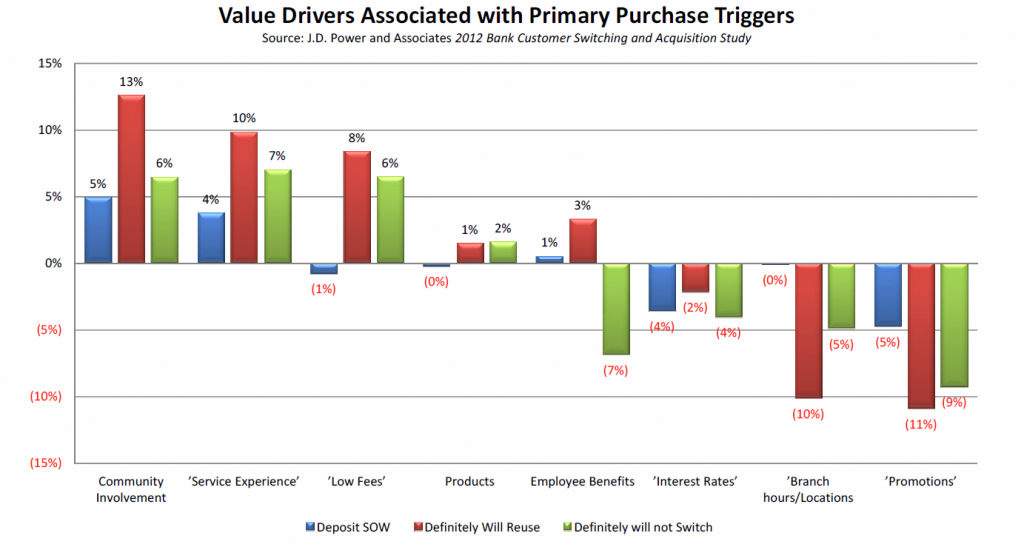An article recently posted on the Mobile Marketer web site urges marketers to think longer term about what they can and should be doing to nurture a relationship with someone who clicks on their ad from a mobile device. While I certainly agree with all of the advice (and assertions of missed opportunity) in the article, I think that this doesn’t push far enough. There’s something more that should added to marketers’ thinking about interactions with customers and prospects on their mobile devices: routine behaviors.
Some time ago, I signed up to receive Groupon daily offers and, as a result, wake up every day to find my Groupon email waiting for me in my inbox. And every day, I read the email. I’ve probably bought 2 or 3 things in the 18 months I’ve been subscribed, but that lack of conversion hasn’t stopped me from checking that email every day. The reason? It’s part of my daily routine. Wake up, make breakfast, check email—including that day’s email from Groupon. The combination of the variety of the offers, the programmed consistency of delivery, and the fact that I always have my mobile device on hand has ingrained checking that email into my morning behavior.
While it may not be the case that every marketer pursuing every type of customer should think in terms of establishing a presence in the audience’s daily routine, the increasing ubiquity of mobile devices makes it an opportunity every marketer should be considering. To aid in this consideration, below are some scenarios that would make “behavior integration” a strategy worth pursuing:
- A highly competitive battle for mind share and audience attention
- A need to expand the target audience’s understanding of the range of product, services, or solutions offered
- Under-utilization of a rich collection of thought leadership resources
In any of these scenarios—or, most of all, in environments in which more than one of these scenarios are combined—a strategy to foster a behavioral routine that leverages the particular usage profile of mobile devices is worth exploring.
